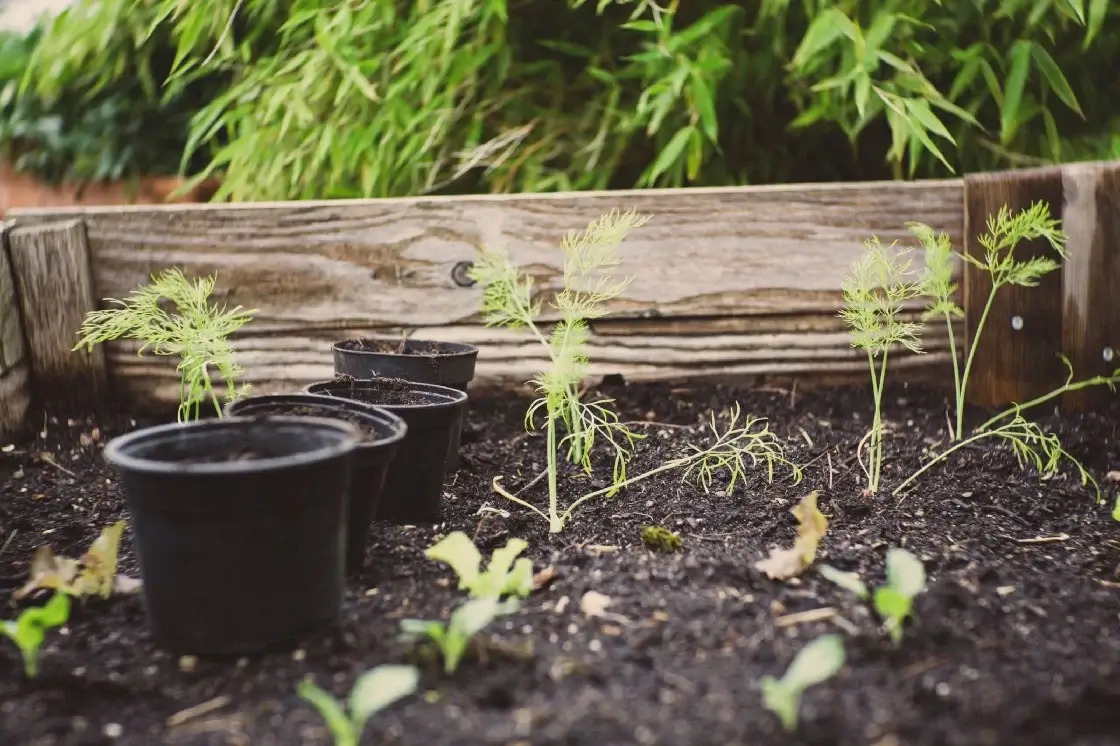Composting: Your Newest Hobby
Oct 9, 2020 11:15:56 AM • Sarah MacDougall

By now, you’ve probably settled into the new routines and adjustments that come with life in social isolation. Because most activities now have to be done within the confines of your backyard or your home, there’s no doubt your kitchen is getting a workout.
But what are you doing with the increase in food scraps? There’s never been a better time to add to your list of new hobbies, and learn how to repurpose those leftover scraps with just a few steps.
First, we want to give a bit of background on how we compost at F&F. Our kitchen staff collects all of our food scraps in designated bins. We’ll go into the long list of what qualifies as compostable later, but the list of what we collect mainly includes fruit and vegetable scraps, pits, any non-greasy foods, and eggshells. All of our food scraps are collected by a local waste removal service (PF Trading), where they are then taken to a facility to be composted properly.
If you’d also like to do your part in composting food scraps but are uninterested in backyard composting, many cities do offer curbside compost pickup. Other cities may require you to drop your scraps at a local organization, but a quick Google search should reveal your nearest composters. Here’s one list of resources for Massachusetts, and another list for Rhode Islanders.
Alternatively, if you’re ready to help reduce landfill waste, save money on trash bags and find new ways to help your garden — all from the safety of your backyard — here are 6 easy steps to becoming a composter:
Choose a designated container for your compostables.
To get in the habit of collecting your food scraps, make sure you keep a specified countertop bin close by. It’s also important to note that the healthier you shop and eat, the more scraps end up going into your compost and less into your trash.
Learn what counts as compostable materials.
You’ll want to make sure you’re composting the right materials, so here’s a full list of what items you should be collecting. In general, avoid putting in meat, grease, cooked food, and dairy, because these products will attract pests.
Set up your outdoor compost bin.
Choose any type of pest-proof bin and place it in your backyard. It is important that over half the contents of that bin are dry carbon materials such as leaves or wood chips — these are needed to balance out the high nitrogen food scraps. Here are the best practices and troubleshooting tips for your compost bin, and here’s one you can buy.
Keep the bin covered.
You should never see any food scraps when looking inside your compost bin. The scraps should always be covered by leaves or other carbon materials. So when adding food scraps to your compost bin, pull back the top layer of leaves, dump the food contents in, and cover it back up with leaves. This will keep the pests away and keep odors to a minimum.
Let nature do its thing.
It generally takes a few months for finished compost to form. Ensure that you frequently turn your compost so all materials are getting mixed together. (manually turning your compost daily is also great for those looking to get in an extra workout!) Here a few tips for knowing when your compost has finished.
Apply to your garden and watch it grow!
Once your compost is ready, apply to your garden and you won’t ever need fertilizer again. You can even plant seedlings right in your compost container if it is well finished. You’ll watch the health of your plants change right before your eyes, and the Earth will thank you!